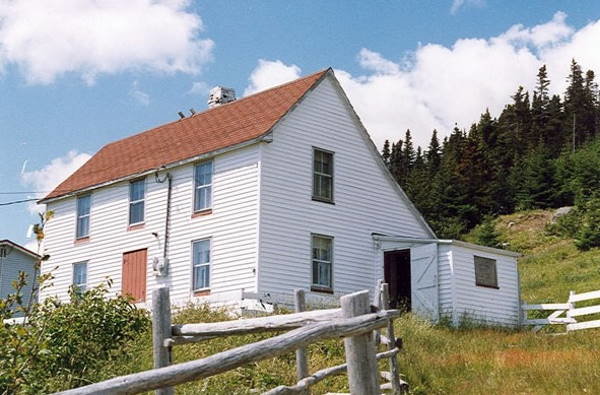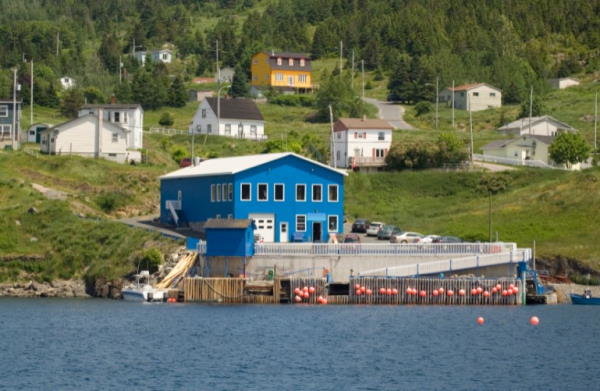
Southern Shore Newfoundland is a booming real estate market because it offers the proximity to big cities like St. John’s without the stress of city living. Indeed, the two major selling points for the real estate in Southern Shore are lifestyle and a short commute. With that said, the majority of the property buyers in this area are families, but there is a growing diversity in its demographic, especially in recent years.
Introduction to Southern Shore Newfoundland
Southern Shore is a region in Newfoundland that is located within the Avalon Peninsula Rural Secretariat Region. This region encompasses several communities:
-
Admiral’s Cove
-
Brigus South
-
Calvert
-
Cape Broyle
-
Aquaforte
-
Ferryland
-
La Manche
-
Port Kirwan
-
Mobile
-
Burnt Cove-St. Michaels-Bauline South
-
Tors Cove
-
Renews-Cappahayden

Population
As of the 2016 census, the population in Southern Shore is 3,325. The area’s population experienced a 0.4% downward rate within a 5-year period. The population was 3,340 in 2011. This is contrary to the 1% population increase experienced by the province of Newfoundland from 2011 to 2016.
The population of the region of the Southern Shore is old. The average age among its residents is 54 (as of 2016). This is comparatively higher to the province’s median age of 46.
The majority of the residents in Southern Shore are married couples (44.6%) and then singles (38.1%). There were less than 500 residents aged 17 and below (as of 2016).
Income and Cost of Living
In terms of income potential, the residents of Southern Shore were earning basically the same amount as the average income of the province of Newfoundland and Labrador. As of 2018, the average gross income for the people of the Southern Shore was $36,000, compared to the $37,800 average income per capita for the province.
When it comes to family income, the average for the residents of Southern Shore Newfoundland is $100,700. Meanwhile, the family income in Newfoundland and Labrador has an average of $110,600. All of these data were taken in 2018.
The self-reliance ratio in the region is 79.7%. This ratio shows the amount of people living in the area that depend on government transfers and assistance as a source of living, such as income support assistance, pension, employment insurance, and many more. As of 2018, the majority of the residents relied on employment income as the main source of living. It is followed by investment and private income.
When it comes to cost of living, Southern Shore is definitely cheaper than other major cities such as St. John’s or Mount Pearl. The cost of living takes into account the mortgage payments, utility bills (electricity, heating, water), property taxes, and municipal services. This makes it a practical choice for anyone who is looking to keep their cost of living low while still having the advantage of being close to major cities.
Real Estate
The real estate market in Southern Shore Newfoundland has experienced significant growth over the years. While it is not as popular or as vibrant as other communities in the province, it has enjoyed sustained growth. Its proximity to St. John’s and other major cities, along with favorable weather and an excellent lifestyle, combine to make it a good alternative for anyone who cannot afford (or do not want) to live in the big cities.
Based on the 2016 census, there are 1,460 dwellings in Southern Shore (this has increased from 1,425 reported dwellings in 2011). This does not take into account the reserve dwellings or private farms.
About 98.6% of the dwellings in Southern Shore are single detached houses. A huge portion of those living in these dwellings are single family households, followed by multiple family households. There are also more than 400 non-family households in the region.
Based on the 2016 census, 94% of the homes in Southern Shore are inhabited by the owners. This is a significant percentage in comparison to the 76.8% home ownership average in the province of Newfoundland and Labrador (or Canada’s home ownership average of 67.8%). Indeed, there is a small percentage of renters compared to homeowners among its residents and many of those who live in the area have been residents for a long time.
The average monthly payment for homes in Southern Shore was $666 in 2016. This is significantly cheaper than the average monthly payments for homes in the province, which is $984. The average monthly rent in Southern Shore is $821. The provincial average when it comes to monthly rent is still higher at $836.

Employment Opportunities
For anyone considering investing in a property or living in Southern Shore Newfoundland, employment opportunities should be considered. You want to be able to sustain your lifestyle by having access to employment opportunities so you can earn while living in this part of Newfoundland and Labrador.
The good news is that the employment rate in the region has been steadily rising since 2000. The 2018 average income for employees in the Southern Shore is $39,100. This was a considerable increase from the 1999 average income, which was reported as $15,900. This is slightly lower than the provincial average income of $46,300, but you can enjoy the perks of having a more affordable cost of living.
The employment rate in Southern Shore is 48.2% for those aged 15 and above. This average was close to the NL average of 49.5%. For those who are identified as having an employed status, over 69% worked in an office, 25% had no fixed work address, and 3.85% worked from home. A little over 1% worked outside the area. The majority of male workers in Southern Shore worked in the trade and transport industry; on the other hand, the majority of female workers are involved in education, law, business, finance, and government services.
One of the biggest perks for those who are living in Southern Shore Newfoundland is the daily commute. It is easily accessible from various parts of the province, especially in major cities. The median commute duration for the residents in the region is 30.7 minutes.
Posted by Teri-Lynn Jones on

Leave A Comment